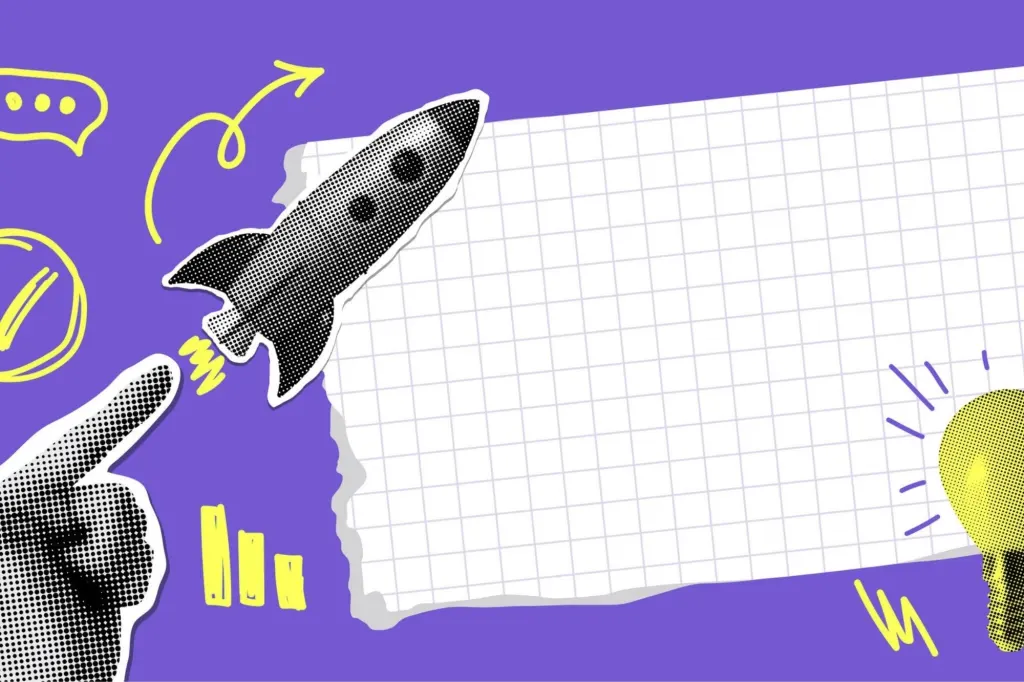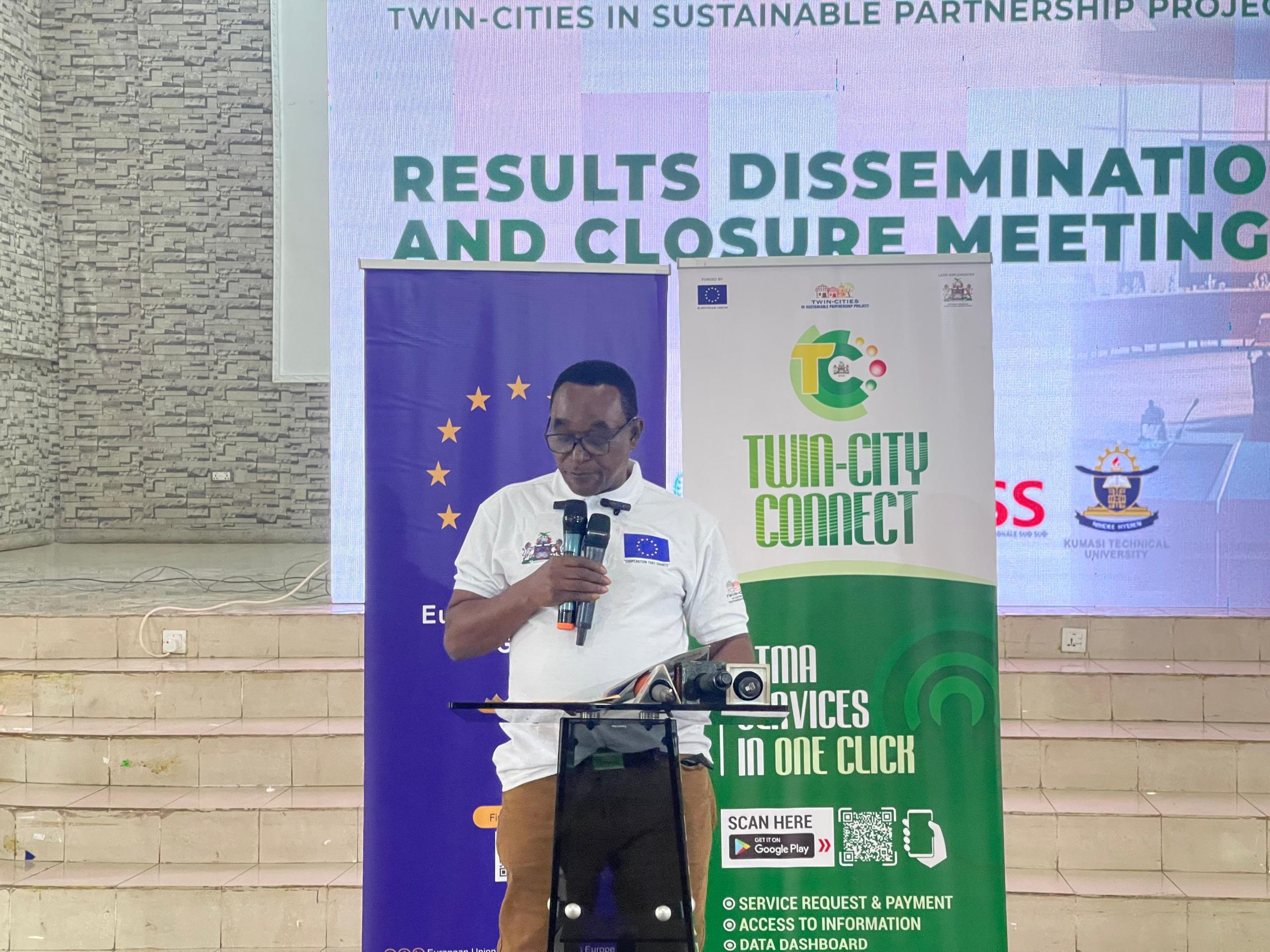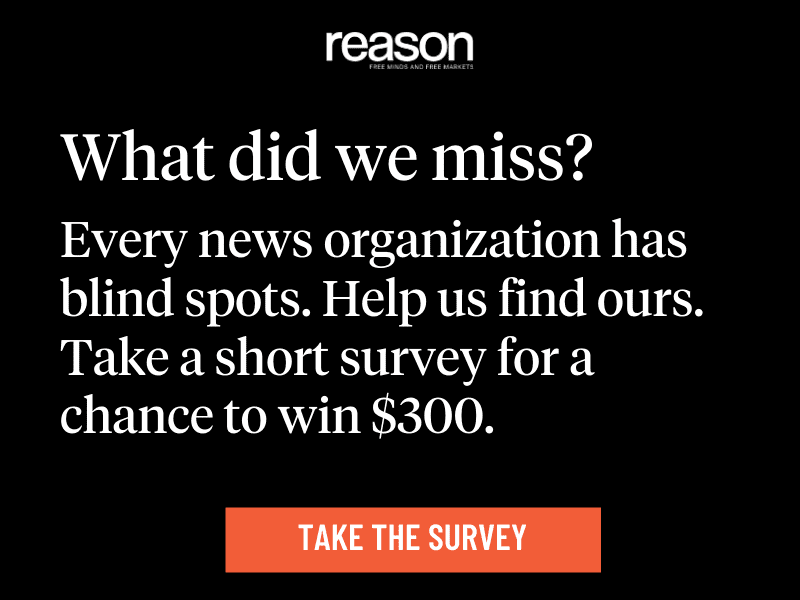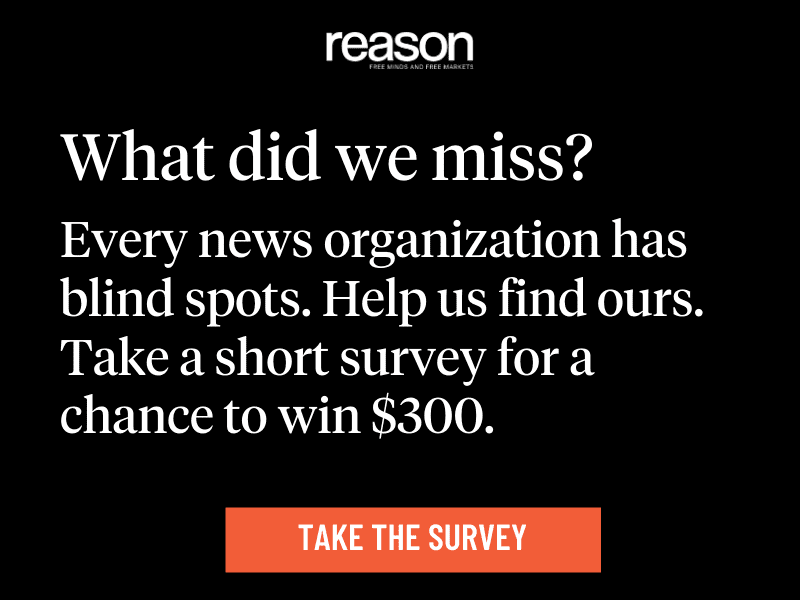
Key Takeaways
Immersive learning experiences lead to better retention, engagement and can inspire out-of-the-box thinking in professional settings.
Building productive discomfort into company culture can cultivate growth, trust and a vibrant exchange of ideas among team members.
During a recent space shuttle simulation, alarms blinked, timelines passed and “mission control” pinged with urgent to-dos. Kind of like a manic Monday, just this time I was wearing a flight suit. It wasn’t until after I returned from my Adult Space Camp journey at the U.S. Space and Rocket Center that the parallels fully came into view, realizing the key lessons I could now apply in my teaching career: invest in wonder, design immersive learning experiences and build “productive discomfort” into your culture.
In a work culture built on speed and deliverables, I realized that intentionally taking a step back and into the student role can come with competitive advantages. A weekend trip to camp turned into a case study for how childlike wonder, project immersion and navigating challenges outside your comfort zone can translate into stronger teams, new ideas and honing your decision-making skills.
Even without the flight suit and simulations, every leader can choose to re-enter the student role and unlock sharper thinking, stronger teams and fresh ideas — here’s how.
Related: 10 Ways Continuous Learning Can Take You From a Good Leader to a Great One
Invest in wonder as a leadership strategy
By this point, you’re probably asking, “When would I have the time to go?” but I can attest that if you’re too busy to step away, that’s your signal to go. Taking — or finding — time to feel genuine awe or childlike wonder again can spark creativity. Curiosity looks “inefficient” in the moment, but it fuels non-obvious solutions and long-term innovation.
This came into full view during a “blind box” challenge where I, a history teacher, was surrounded by science and math teachers working together to solve a problem. I felt a little vulnerable pitching an idea I had for how this very STEM-focused challenge could connect to a history lesson, but I did it anyway. What began as just a spark quickly grew, and my peers helped me workshop the idea in ways that pushed my thinking to places I hadn’t considered before, resulting in something I can immediately implement in my own work.
But perhaps the most “a-ha” moment came when I was holding a can of shaving cream, pretending it was top-secret NASA technology. In that instant, repairing heat tiles became a life-or-death mission for my team: the suspension of disbelief transformed routine problem-solving into something urgent and unforgettable.
In your next team meeting, invite your peers to pitch one “wrong-discipline” or nontraditional perspective ideas that initially seem out-of-the-box. Treat curiosity as an input metric, not a distraction or one to be disregarded.
Related: How Continuous Learning Has Enhanced the Careers of 24 Professionals
Immersion creates retention (and behavior change)
One of the most effective ways for an employee to maximize the “experience effect” is to be a part of an organization that prioritizes and strengthens their development. In education, we call this experiential learning: the idea that people internalize lessons best when they do something, not just hear about it. The same principle applies in leadership. Designing development that leaves your team with a lasting feeling, rather than just a set of bullet points, pays dividends in creativity, retention and a stronger culture.
At Space Camp, our full shuttle mission experience proved to me that “make-believe” makes ideas stick. In my classroom, students don’t just read about World War I; they experience the teamwork of a simulated trench warfare scenario and think more critically and creatively than my best lecture could ever afford. Adults crave this same meaningful growth, too — immersive learning signals you invest in your people, not just their outputs. A suggestion would be to block off time during one of your next off-site meetings to work in a simulation (think: rage room, timed build) with assigned roles and set time pressure.
Build “productive discomfort” into your company culture
As the saying goes, growth happens outside your comfort zone, which is especially true in the workplace. Rotating ownership under real constraints develops confidence and trust in your team. During an egg-drop challenge, I (the non-STEM teacher) took the lead and drew from a Berlin Airlift parachute project I did with students in my social studies class. My team trusted my judgment to use balloons to soften the landing — a trick I learned from my sixth graders — and we won, expanding everyone’s idea of who should lead and where amazing ideas can begin.
Team trust is earned, and role rotation or simulations can create shared memories quickly (hard to get that from happy hours). Create rotating mission leads on cross-functional projects. Pair with a simple safety rule: debate hard, decide, then commit together.
Related: How to Get Comfortable Being Uncomfortable, No Matter Your Age — Lessons for Entrepreneurs
Design for different learning styles = Better teams
Most of us are familiar with the different love languages, but not with the different learning languages. People process information differently (kinesthetic, verbal, auditory), and intentional, inclusive learning increases participation and idea quality. If you’re only providing one way of learning, you’re losing talent. I’m sure you’re starting to see the parallels between my classroom and your conference room. If you’re only allowing space for the type of leader you think you want, some of your best untapped people are right in front of you, waiting for you to let them speak their language.
Camp pushed us to be hands-on and go analog, creating the kind of in-person connection that’s right up my alley. These challenges unlocked contributions from teammates who thrived in tactile, collaborative modes — but maybe didn’t realize it. Next time you require a team training, offer a building task, a verbal overview and something in written form. Let teams choose their path; measure outcomes, not conformity.
One of the greatest lessons I learned was that curiosity isn’t inefficiency; it’s R&D for ideas, and ideas surface when wonder and discomfort are intentional. Instead of planning the next offsite, what would happen if you gave your team a weekend to learn like a student again? Whether at Space Camp or through a homegrown simulation, designing for awe, immersion and productive discomfort is how you build teams that think faster and remember what matters when the alarms start blinking.



